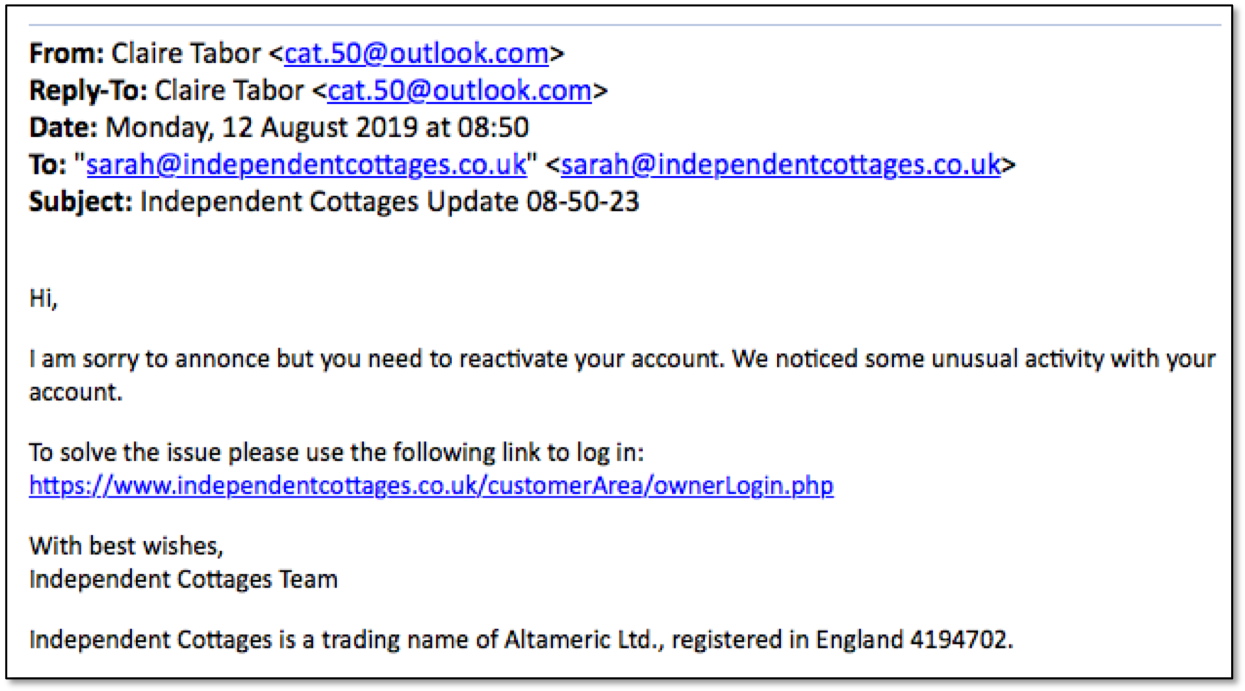

Ideally, solar systems should be placed on soils of lesser agricultural value, retaining acreage with the best soils and geology for strictly agricultural purposes. Selection of solar locations are often based upon access to the power grid and roads with little consideration for the intrinsic current and future value of the farmland underneath.

The first company that approaches you may not always give you the best lease offer. Consider that multiple companies are investing in solar projects throughout the state. Do your research to ensure a fair deal.Consider the following when evaluating a lease agreement: That said, farmers need to approach such deals with caution. The size of these projects can range from a few acres for small community projects that deliver under 5 megawatts to dozens of acres for projects exceeding 20 megawatts (and higher).įinancially, solar leasing can be a sudden and substantial windfall for landowners. These site requirements often coincide with agricultural lands.
Ag rentals email scam free#
In general, developers of solar projects seek level sites free of trees near major (three-phase) transmission hubs, to include power substations, and near roads. Until recently, solar development has largely been absent from the North Country however, interest is rapidly expanding. This legislation and related federal programs have created strong incentives for development of both small and large-scale solar projects. In July of 2019, Governor Cuomo signed The Climate Leadership and Community Protection Act, which sets a goal for New York State to reduce net carbon emissions to zero by 2050.


 0 kommentar(er)
0 kommentar(er)
